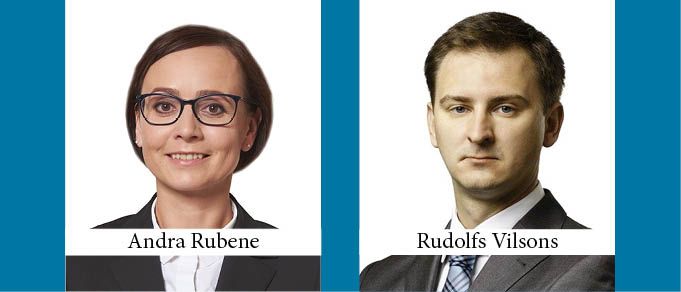The long-awaited tax reform has been finally approved by the Latvian parliament. Opposition to changes in such sensitive fields as taxes is inevitable, but it is clear now that the amendments to the country’s tax code will come into effect on January 1, 2018.
Although several regulations related to the implementation of the amended tax laws are still on their way to adoption, the main principles and fundamental changes are clear enough to speak about with confidence.
The corporate income tax (CIT) law has been replaced in toto, and significant amendments to the personal income tax (PIT) and social security installment regulations constitute major transformations.
Although in general the country’s current private individual and corporate taxation systems have worked acceptably, they have failed to bring enough benefit to the budget or satisfy the principles of equality and fairness. Accordingly, the new tax laws and regulations are progressive, meaning that those with high incomes will be taxed at a higher rate. The foreign investment attraction mantra has also not been forgotten, thus the changes in the code should also satisfy investors considering Latvia as a location for their businesses.
More specifically, unlike under the current regime, the application of the new CIT will be based on the so-called “cash-flow” taxation principle, which means that CIT will be payable only at the moment of profit distribution. Accordingly, as compared to the existing regulation, under which the 15% CIT shall be applied to the taxpayer’s yearly taxable income, under the new regime the reinvested (undistributed) profit will not be subject to CIT. The CIT will become due only after the distribution of dividends at the 20% CIT rate. The changes mean that natural persons will no longer be obliged to pay PIT on dividends received. With respect to the distributions from the companies, the law lists several expenses that should also be treated as profit distribution, such as penalty payments, representation costs, and business non-related costs. Also, the loans issued to related parties (except the loans issued to the direct subsidiaries) under some circumstances will be deemed as profit distribution.
It is important to note that, whereas now CIT must be calculated and paid on an annual basis, under the new regime the tax for these distributions should be paid on a monthly basis, with an exemption of CIT calculated on transfer pricing and thin cap differences to be paid annually. This change is expected to add more work for company accountants dealing with CIT.
In addition, companies will be entitled to distribute the profit gained before 2018 without the new regime applying for an unlimited period of time, while a five-year transmission period is granted for the utilization of tax losses accumulated by the CIT payer before 2018.
The Latvian “Holding Tax” regime (which calls for no CIT on dividends gained and income received from the sale of shares by the holding), will be continued, under the condition that the shares have been held for three or more years.
Impressive changes have been made to the PIT Law as well. The current flat 23% PIT rate will be replaced by the so-called progressive tax rate, differentiated depending on the level of income. A 20% PIT will apply to annual incomes of up to EUR 20,000; 23% PIT will apply to incomes ranging between EUR 20,000 and EUR 50,000; and 31.4% PIT will apply to income over EUR 50,000. Dividends received by natural persons will be PIT-exempt (PIT is currently 10%) if the 20% CIT described above is paid on dividend distribution. Also, the PIT on capital income, including capital gains, will be taxed according to the flat 20% PIT rate.
The reform affects VAT as well, including the reduction of the registration threshold from EUR 50,000 to EUR 40,000. To fight VAT fraud, the list of the sectors where reverse VAT payment procedures are applied has been extended and now includes, for example, household electronics, construction materials, and metal products.
Although there are also some minor changes in other taxes, these changes are the most important. It is hoped that the goals set by the government for its tax reform will be achieved and the results will satisfy the majority of tax payers.
By Andra Rubene, Partner, and Rudolfs Vilsons, Associate, TGS Baltic Latvia
This Article was originally published in Issue 4.11 of the CEE Legal Matters Magazine. If you would like to receive a hard copy of the magazine, you can subscribe here.
